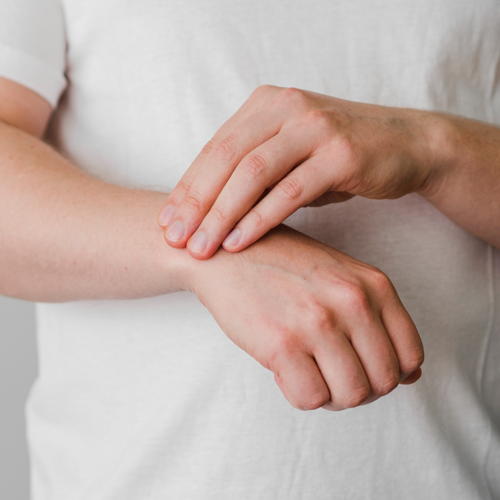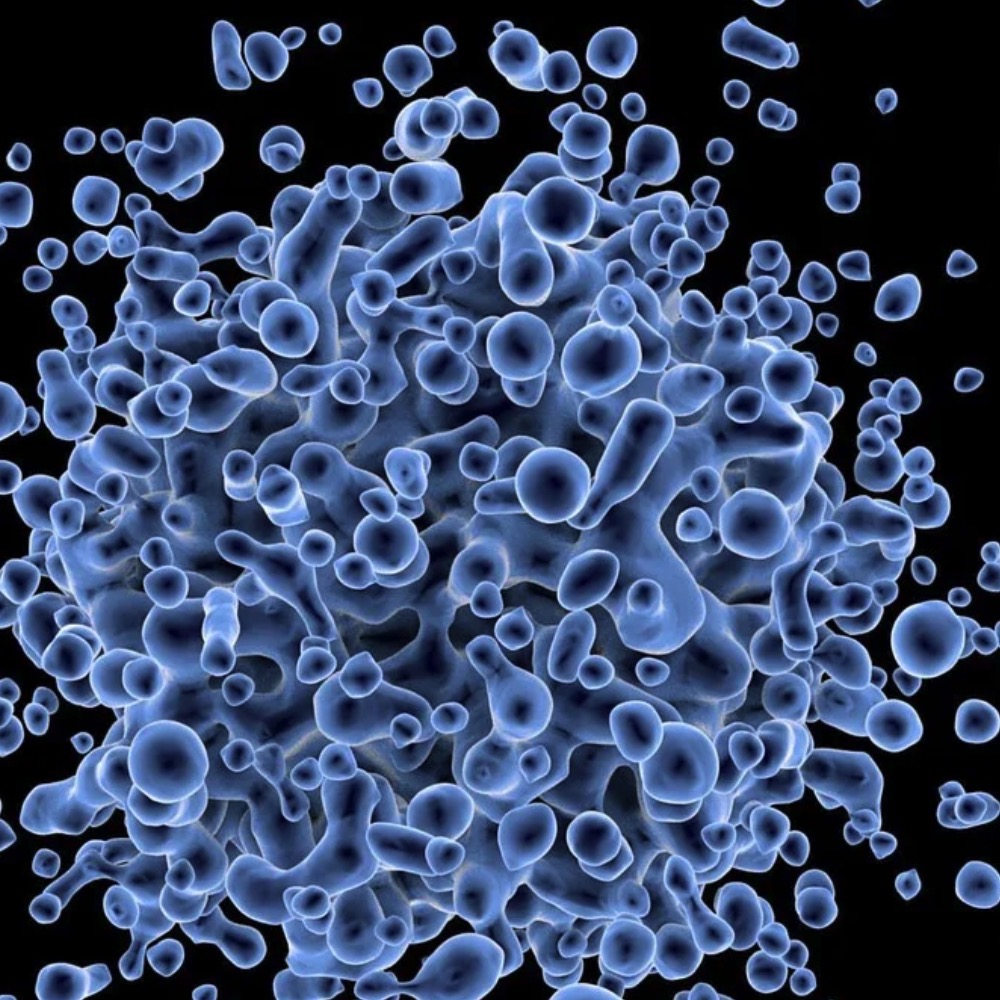Original Articles
28 March 2013
Vol. 65 No. 1 (2013)
Italian Society of Rheumatology recommendations for the management of gout

Publisher's note
All claims expressed in this article are solely those of the authors and do not necessarily represent those of their affiliated organizations, or those of the publisher, the editors and the reviewers. Any product that may be evaluated in this article or claim that may be made by its manufacturer is not guaranteed or endorsed by the publisher.
All claims expressed in this article are solely those of the authors and do not necessarily represent those of their affiliated organizations, or those of the publisher, the editors and the reviewers. Any product that may be evaluated in this article or claim that may be made by its manufacturer is not guaranteed or endorsed by the publisher.
5698
Views
1514
Downloads
Authors
Epidemiology Unit, Italian Society of Rheumatology (SIR), Milano, Italy.
Rheumatology Unit, Department of Clinical and Experimental Medicine, Ferrara University, Italy.
Rheumatology Unit, Department of Medicine DIMED, University of Padova, Padova, Italy.
Rheumatology Unit, S. Camillo Hospital, Roma, Italy.
Epidemiology Unit, Italian Society of Rheumatology (SIR), Milano, Italy.
Rheumatology Unit, Azienda Sanitaria Locale 3, Genova, Italy.
Department of Internal Medicine, University of Bologna, Bologna, Italian Society for Cardiovascular Disease Prevention (SIPREC), Italy.
Rheumatology Clinic, Department of Internal Medicine, University of Genova, Genova, Italy.
Rheumatology and Osteoporosis Service, ASP 3, Catania, Italy.
Geriatric Unit, Department of Life, Health, and Environmental Sciences, University of L’Aquila, L’Aquila, Italy; Italian Society of Gerontology and Geriatrics (SIGG), Italy.
General practitioner, ASUR Marche, Urbino, Italy; Italian Interdisciplinary Society for Primary Care (SIICP), Italy.
Rheumatology Unit, Department of Clinical and Experimental Medicine, Ferrara University, St. Anna University Hospital, Ferrara, Italy.
Rheumatology Clinic, Università Politecnica delle Marche, Jesi, Ancona, Italy.
General practitioner, ASL 10 Firenze, Italy; METIS Scientific Association of Italian Family Doctors, Italy.
Nephrology Unit, Mauriziano Hospital, Torino; Italian Society of Nephrology (SIN), Italy.
Department of Biomedicine, Division of Rheumatology A.O.U.C., Department of Medicine, Denothe Centre, University of Florence, Florence, Italy.
General practitioner, Brescia, Italy; Italian Society of General Medicine (SIMG), Italy.
Rheumatology Unit, Department of Medicine DIMED, University of Padova, Padova, Italy.
Clinical and Medical Therapy Department, Rheumatology Unit, La Sapienza University, Rome, Italy.
Rheumatology Unit, Department of Medicine DIMED, University of Padova, Padova, .
Rheumatology Unit, S. Camillo Hospital, Roma, Italy.
Methods: The multidisciplinary group of experts included rheumatologists, general practitioners, internists, geriatricians, nephrologists, cardiologists and evidence-based medicine experts. To maintain consistency with EULAR recommendations, a similar methodology was utilized by the Italian group. The original propositions were translated in Italian and priority research queries were identified through a Delphi consensus approach. A systematic search was conducted for selected queries. Efficacy and safety data on drugs reported in RCTs were combined in a meta-analysis where feasible. The strength of recommendation was measured by utilising the EULAR ordinal and visual analogue scales.
Results: The original 12 propositions were translated and adapted to Italian context. Further evidences were collected about the role of diet in the non-pharmacological treatment of gout and the efficacy of oral corticosteroids and low-dose colchicine in the management of acute attacks. Statements concerning uricosuric treatments were withdrawn and replaced with a proposition focused on a new urate lowering agent, febuxostat. A research agenda was developed to identify topics still not adequately investigated concerning the management of gout.
Conclusions: The SIR has developed updated recommendations for the management of gout adapted to the Italian healthcare system. Their implementation in clinical practice is expected to improve the management of patients with gout.
How to Cite
PAGEPress has chosen to apply the Creative Commons Attribution NonCommercial 4.0 International License (CC BY-NC 4.0) to all manuscripts to be published.










